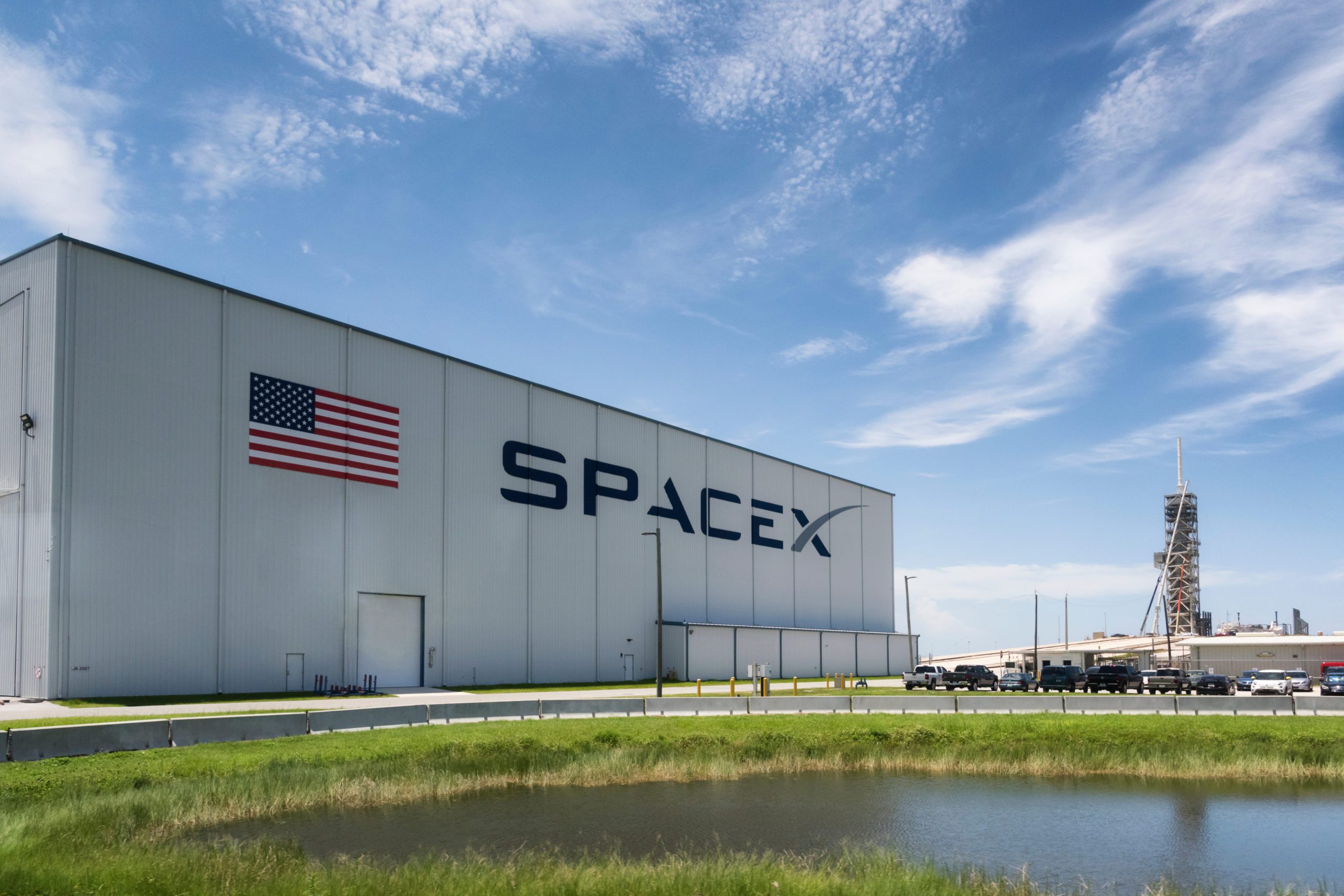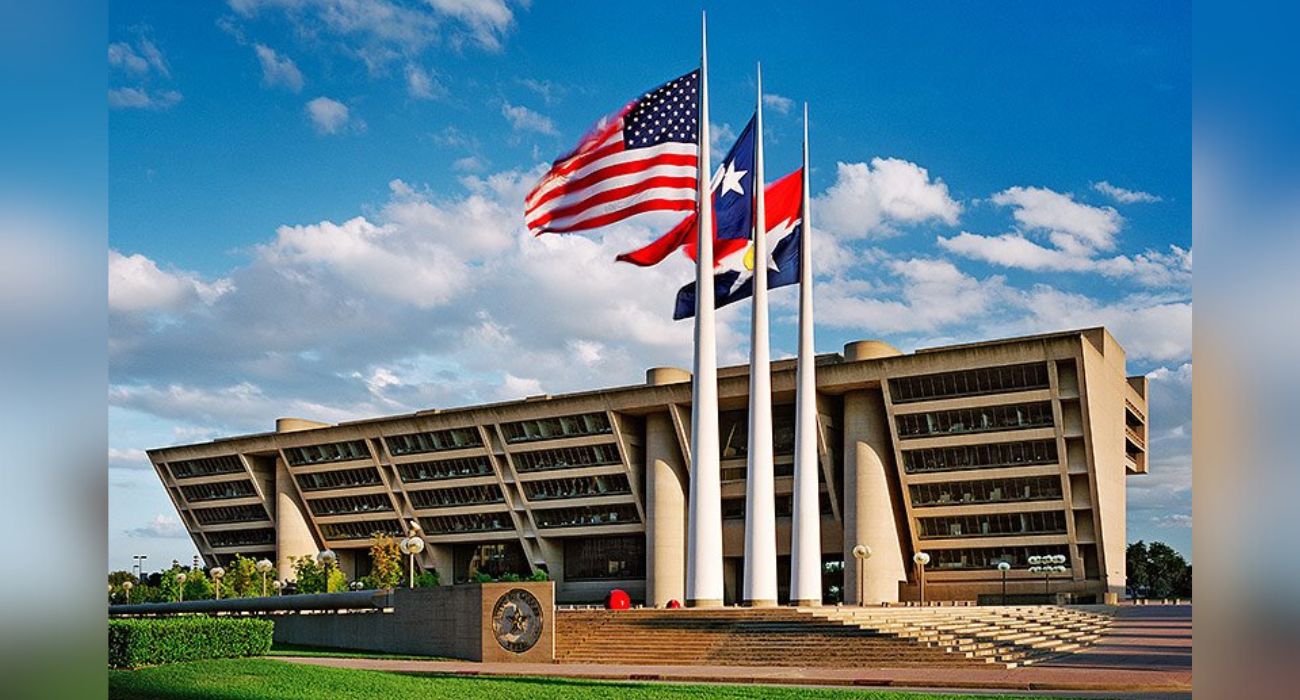The Federal Aviation Administration will grant SpaceX a launch license for the inaugural launch of its next-generation Starship rocket if the company takes a number of specific actions to mitigate the environmental effects of its flight tests.
SpaceX, Elon Musk’s spacecraft engineering company, had been awaiting the completion of an environmental assessment of its operations in Boca Chica, Texas, by the FAA. It is one of two sites the company hoped could serve as launch sites for its Starship rocket this year.
The FAA published its report on Monday, June 13. In a press release issued the same day, the FAA announced it would require SpaceX to “take more than 75 actions to mitigate environmental impacts from its proposed plan to launch.”
Some of these actions include limits on when and how long nearby highways can be closed down, monitoring nearby vegetation and wildlife, coordinating with government agencies to remove launch debris, and minimizing light pollution that could impact wildlife on the coast.
The official SpaceX Twitter account tweeted, “One step closer to the first orbital flight test of Starship,” and linked the FAA report, seemingly celebrating the FAA’s decision to grant a launch license for the Boca Chica facility conditionally.
This is good news for SpaceX since NASA recently complicated a potential launch from an alternative site in Florida called Launch Complex 39A.
NASA requested that SpaceX ensure any prospective launch would not risk any damage to nearby launch infrastructure associated with the International Space Station (ISS), a senior NASA official informed Reuters.
As it happens, Launch Complex 39A contains the only launch paid sanctioned to deploy SpaceX’s Crew Dragon capsule, which NASA depends on to take astronauts to the International Space Station.
“We all recognize that if you had [an explosion] like we did on one of the early SpaceX flights, it would be pretty devastating to 39A,” said Kathy Lueders, NASA’s space operations chief, per Reuters.
If SpaceX plans on launching Starship from Launch Complex 39A, NASA will require SpaceX to prove that a rocket explosion on-site would not damage any infrastructure or equipment critical to NASA’s ISS missions.
Luckily for SpaceX, the FAA’s decision may provide an easier path forward for Starship flight tests.
Starship is the collective term used for the Starship spacecraft and the enormous rocket on which it will be mounted.
The rocket portion stands at 394 feet high, making it the largest rocket ever built. The Starship spacecraft is intended to carry 100 metric tons into orbit, making it the most powerful launch vehicle ever created.






